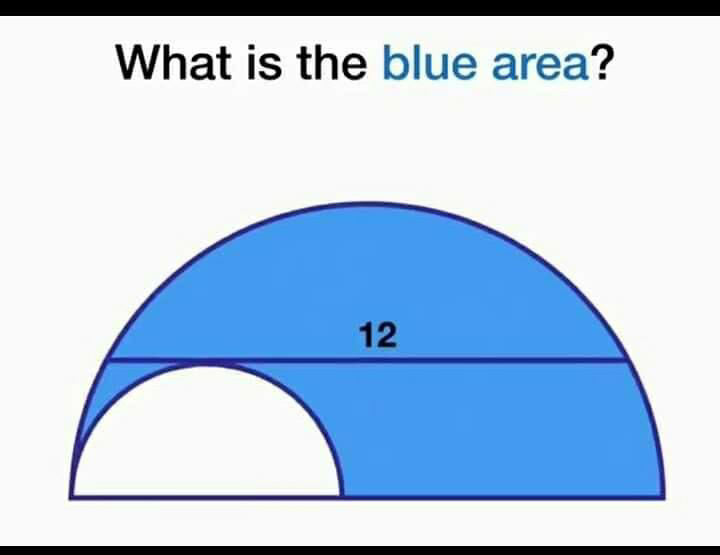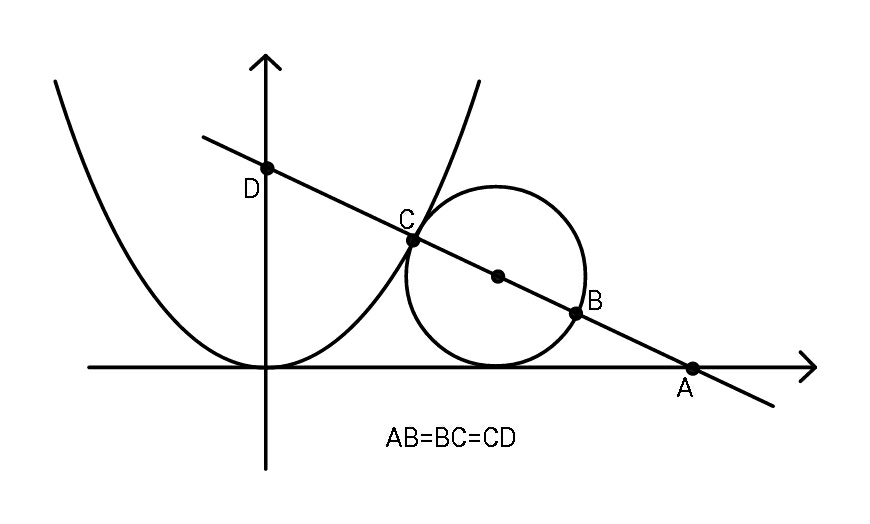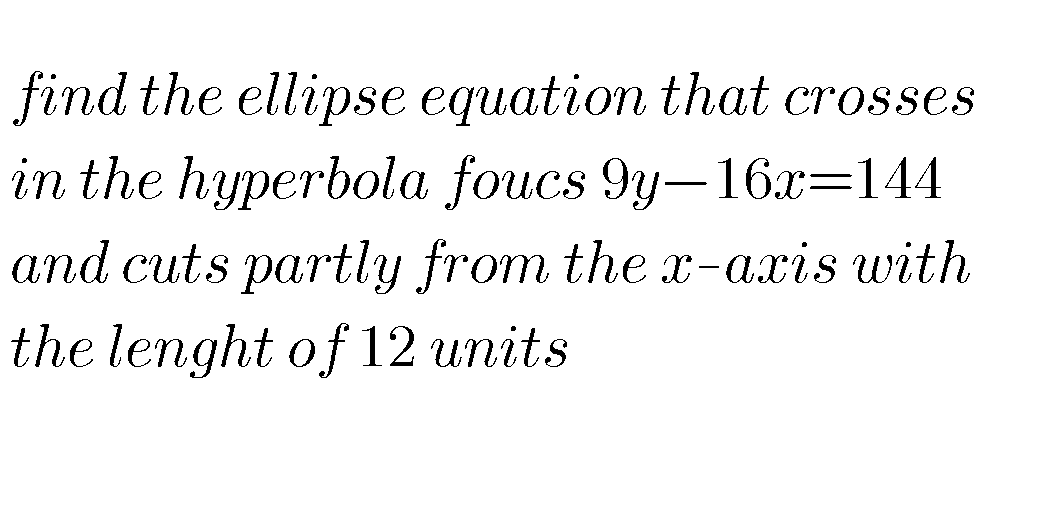
AllQuestion and Answers: Page 1272
Question Number 88014 Answers: 2 Comments: 0
Question Number 88010 Answers: 0 Comments: 2
Question Number 88007 Answers: 1 Comments: 0
Question Number 88004 Answers: 1 Comments: 0
Question Number 88003 Answers: 0 Comments: 2
Question Number 88000 Answers: 0 Comments: 2
Question Number 87998 Answers: 0 Comments: 0
Question Number 87996 Answers: 0 Comments: 0
Question Number 87995 Answers: 1 Comments: 0
Question Number 87994 Answers: 0 Comments: 0
Question Number 87993 Answers: 0 Comments: 1
Question Number 87991 Answers: 1 Comments: 1

Question Number 87989 Answers: 2 Comments: 0
Question Number 87988 Answers: 0 Comments: 0
Question Number 87977 Answers: 0 Comments: 2
Question Number 87975 Answers: 0 Comments: 7

Question Number 87969 Answers: 1 Comments: 0

Question Number 87966 Answers: 1 Comments: 0

Question Number 87963 Answers: 0 Comments: 1

Question Number 87952 Answers: 1 Comments: 5

Question Number 87944 Answers: 0 Comments: 1
$$\mathrm{y}\:'\:=\:\frac{\mathrm{2xy}}{\mathrm{y}^{\mathrm{2}} −\mathrm{x}^{\mathrm{2}} } \\ $$
Question Number 87930 Answers: 0 Comments: 0

Question Number 87927 Answers: 1 Comments: 2
Question Number 87939 Answers: 0 Comments: 9

Question Number 87933 Answers: 0 Comments: 10
Question Number 87935 Answers: 1 Comments: 0
Pg 1267 Pg 1268 Pg 1269 Pg 1270 Pg 1271 Pg 1272 Pg 1273 Pg 1274 Pg 1275 Pg 1276
